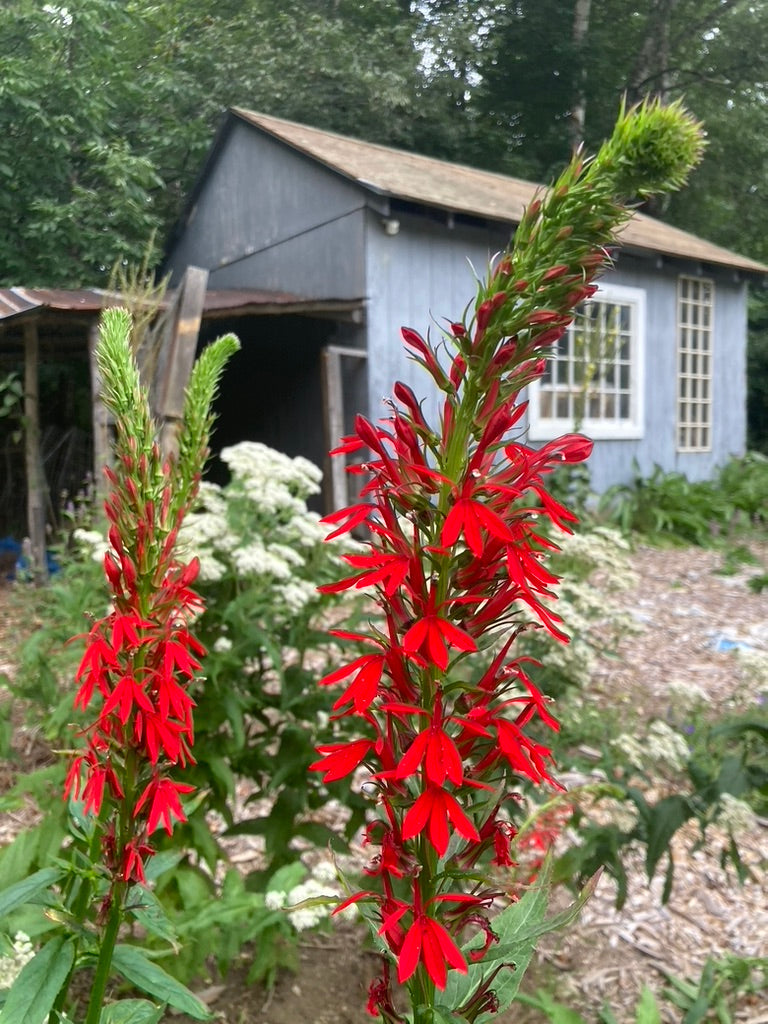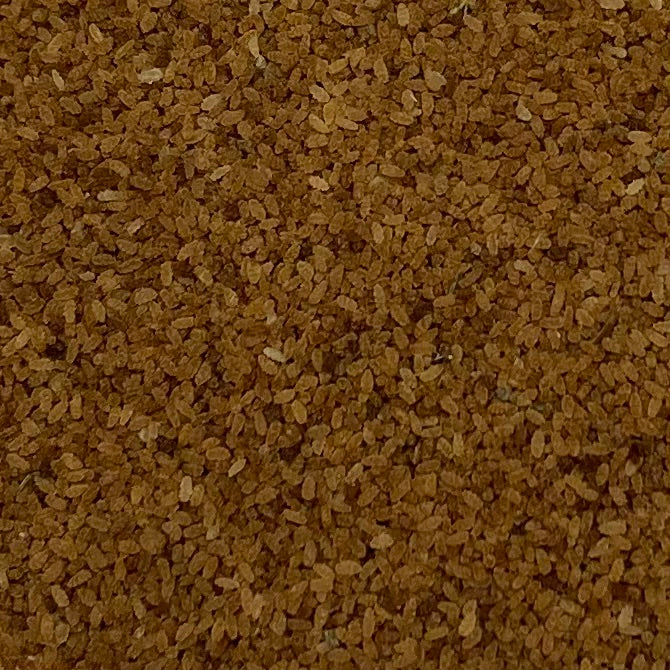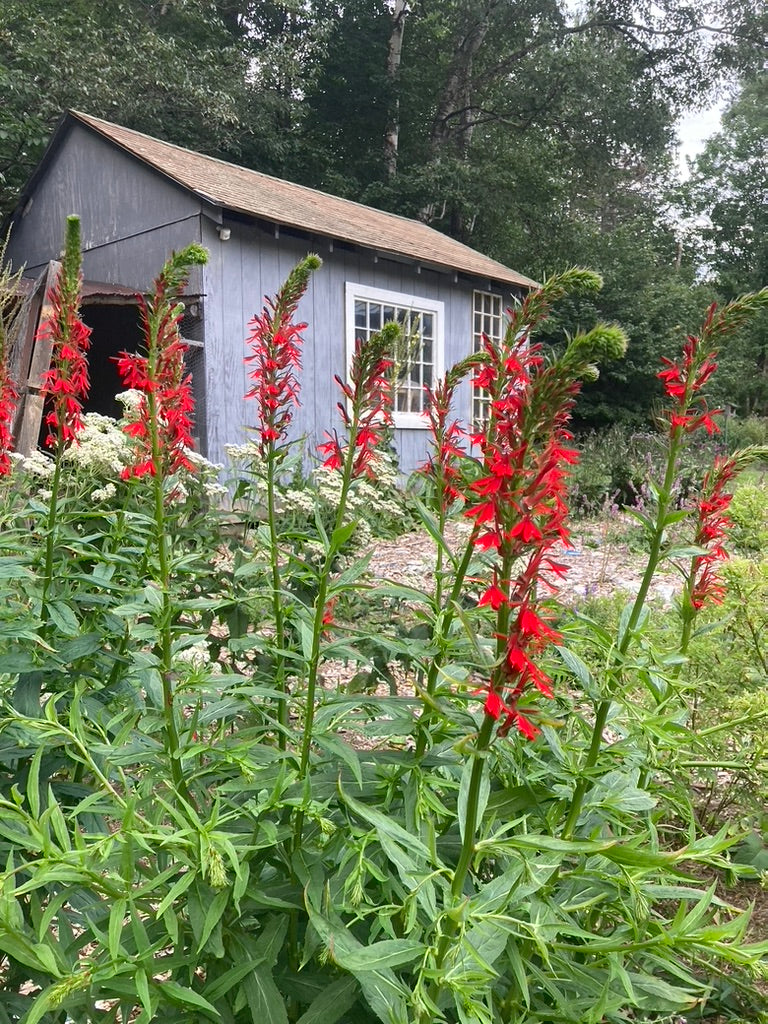Cardinal Flower (Lobelia cardinalis)
List Price: $4.00
Couldn't load pickup availability
Cardinal Flower, as its avian name implies, does not disappoint when it comes to the realm of showy grandeur— its blooms are every bit as dramatic and stunning as the plumage on their bird counterparts. However, the name actually alludes to the bright red robes worn by Roman Catholic cardinals. This bellflower is native to the wetlands of North America, and it received its churchly title after being introduced to Europe in the 1620s. Under the right conditions and with good seed-to-soil contact, Cardinal Flower will readily reseed. It is hardy in a variety of soil types, but does best in wetter conditions.
Many insects struggle with the long tubular shape of the flowers, and the plant relies upon the nimble beaks of hummingbirds for pollination. Some butterflies, especially swallowtails, have mastered nectar extraction from Lobelia cardinalis, but it is hummingbirds who adore this plant, and propagating this in one’s garden is a sure way to invite the flitting creatures in. Bumblebees may come and ‘steal’ nectar from these flowers— unable to get in through the lips of the flower, they pierce a hole in it, secret away the nectar and provide no pollination services in return. The ruby-throated hummingbird’s migration syncs up with the bloom time of the flower, ranging from late summer to early fall.
Though the plant is now considered toxic to humans, there are known applications of the plant in traditional Indigenous medicine. The Iroquois would boil the roots of Lobelia cardinalis along with chicory root as a decoction for fevers, in addition to mashing together various parts of the plant to help alleviate cramps, and sometimes as an emetic when a person had eaten something bad. The Delaware people used the root as for typhoid, while the Pawnee used both the root and flower in love charms.
Whether their constituents really do inspire amorous feelings, just to catch sight of such gorgeous flowers is enough to inspire love for this plant.

















